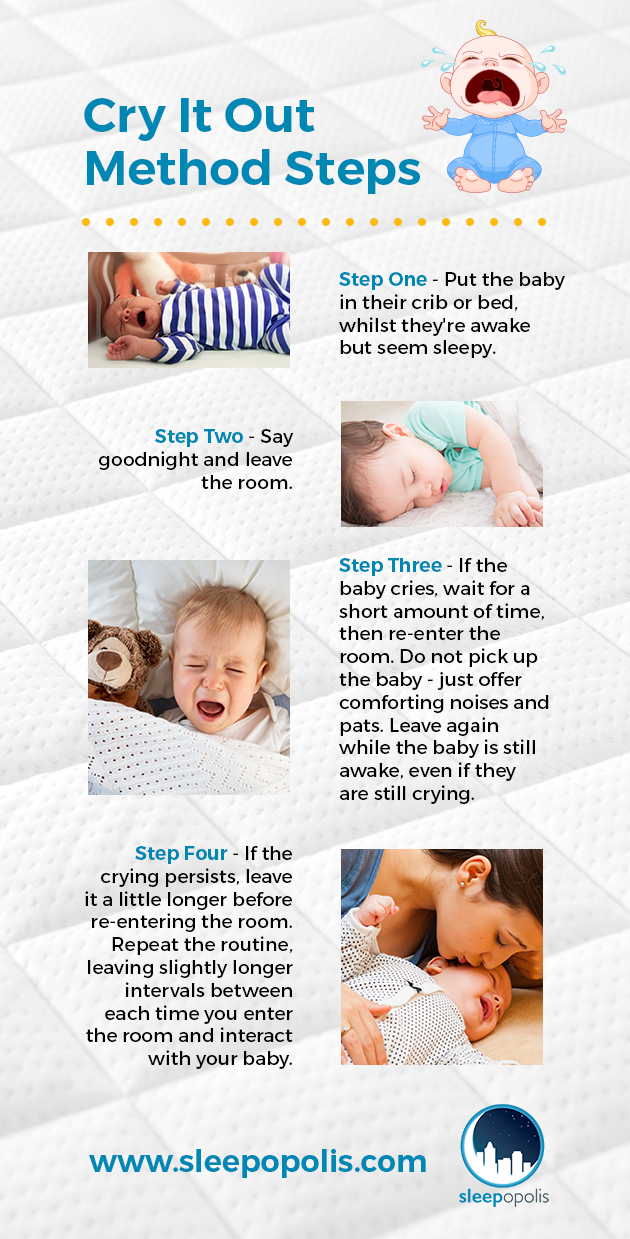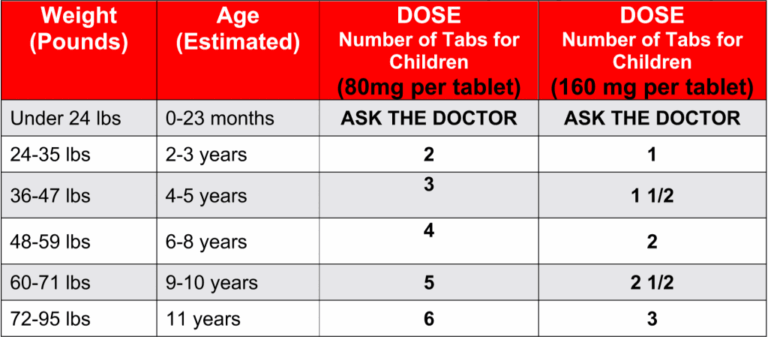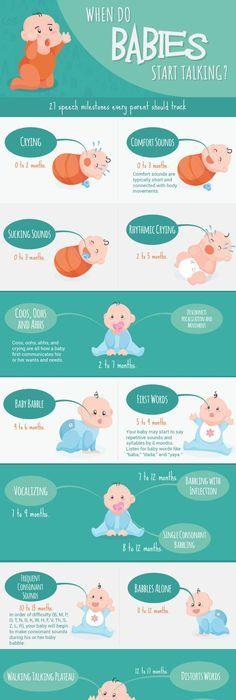How Long Should You Let A Baby Cry It Out
As a parent, one of the most challenging aspects of caring for a baby is knowing how to handle their crying. The “cry it out” method is a popular approach that can be effective in helping babies learn to self-soothe and sleep better. But how long should you let a baby cry it out? Let’s delve into this topic and explore the various factors to consider when using this method.
Knowledge
When considering how long to let a baby cry it out, it’s essential to understand that every baby is different. Some babies may respond well to this method, while others may become more distressed. It’s crucial to consider your baby’s age, temperament, and overall health when deciding to use the cry it out method.
Younger babies, especially newborns, may not be developmentally ready for the cry it out method. It’s generally recommended to wait until a baby is at least four to six months old before trying this approach. Babies at this age have better self-soothing skills and can start to learn to fall asleep independently.
Some babies are more prone to becoming upset and distressed when left to cry on their own. If you notice that your baby’s crying escalates or becomes more intense over time, it may be a sign that the cry it out method is not suitable for them. Consider other soothing techniques or consult with a pediatrician for guidance.
If your baby has any underlying health conditions or concerns, such as reflux or colic, the cry it out method may not be appropriate. It’s essential to address any health issues first before attempting sleep training techniques. Always prioritize your baby’s well-being and comfort above all else.
Conclusion
In conclusion, the decision of how long to let a baby cry it out is a personal one that should be based on your baby’s individual needs and temperament. It’s crucial to be patient, consistent, and responsive to your baby’s cues throughout the process. The cry it out method can be effective for some families, but it’s essential to approach it with sensitivity and empathy.
Overall, the cry it out method can help babies learn to self-soothe and sleep better, but it’s not a one-size-fits-all solution. Understanding your baby’s unique needs and adjusting your approach accordingly is key to successful sleep training. Remember to prioritize your baby’s comfort and well-being above all else.






